
Field Notes Collecting data


Field Notes Objectives:
- List the contents of field notes and explain why these contents may be important.
- Describe the tropical savanna, including climate and seasonal impacts on organisms.
- Provide an example of a temperate savanna, and explain why it is not a forest.
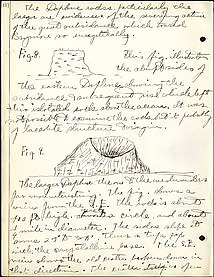
Field notes are writings and sketches taken on location. They are similar in format to good class notes: a combination of text, images, and icons.
Field notes take time, and require focus on an organism and/or a location. They were critical prior to photography, but remain important and a distinct way to capture data.
Field notes made centuries ago are still used to this day.
An example of field notes in action are the field notes published by F. Hamilton in 1822. Hamilton traveled through India, collected, and made field notes of a variety of fish species. These notes became the standard used to identify and name dozens of fish species.
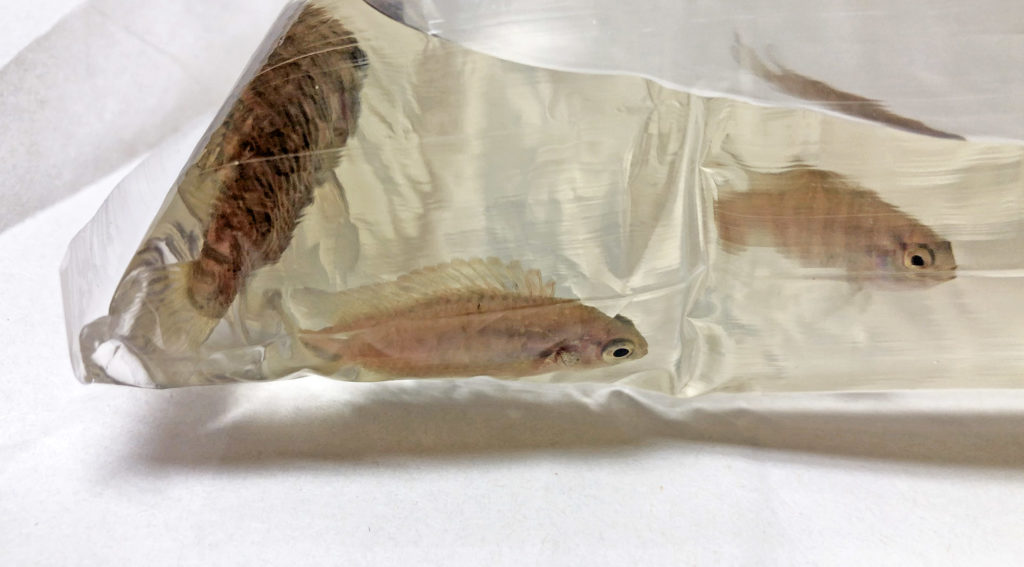
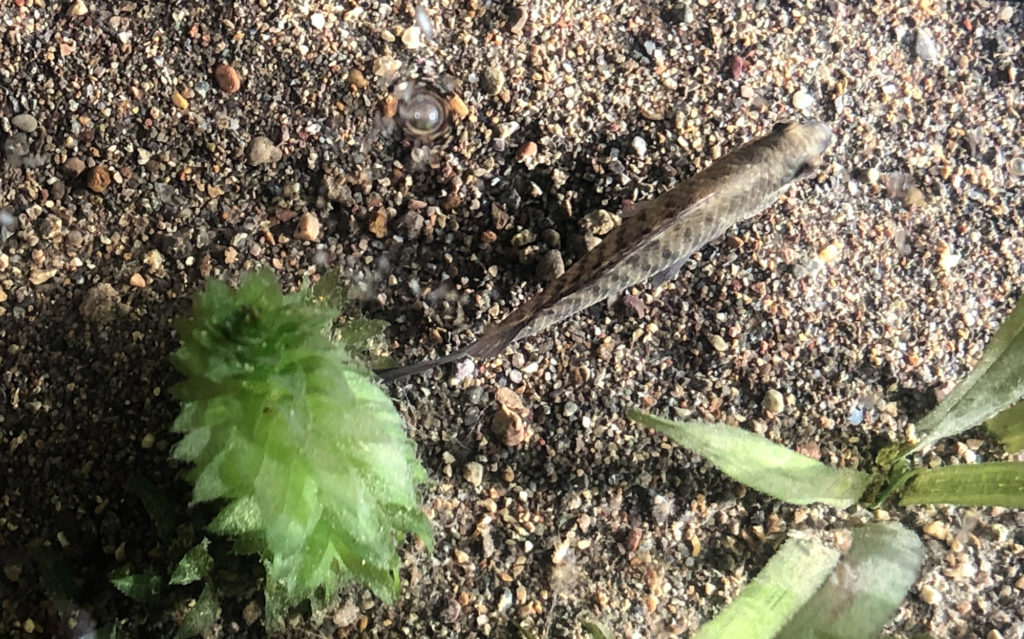
An example of one of our course favorite fish that Hamilton identified is Badis badis, also called the “chameleon fish” because it can rapidly change colors (more on that in the camouflage section).
Hamilton noted the identifying features of Badis, and also added information on the behaviors he could observe. Which were not many, since they are small (less than two inches) and well camouflaged.
In the time that followed Hamilton’s work, other naturalists wrote about Badis badis, noting they were “sluggish,” “lethargic,” and “dull.”
Specimens of Badis did not make their way into museum collections or the pet trade until recently, so the published notes were a primary source of information until 2002 when researchers updated descriptions. Some of the original physical descriptions were accurate, but the highly anthropomorphic behavioral observations were inadequate.
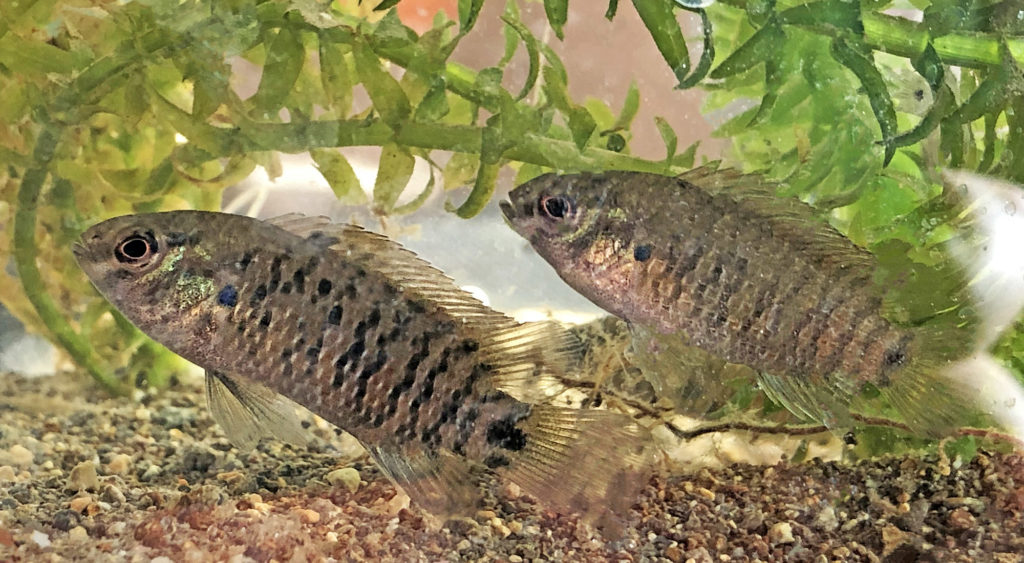
Here are Badis five minutes after they are added to a quarantine tank. What do you observe and infer about their behavior?
The Badis appear to be looking at the camera, indicating awareness of their surroundings and then one appears to be already looking for food, possibly not threatened by the photographer.
Watch this short video and try to capture what you are observing in your notes.
Try a combination of words and quick sketches.
Now look at the brief notes you just made. If you were to look back at these a year from now, would your notes bring back a clear memory of what you observed? Field notes are a form of data and the goal is to capture observations as accurately and completely as possible for future use.
Field Notes that are made on a regular basis and kept together are often called “field journals.”
Early naturalists kept field journals and in the past decade field journaling has become increasingly popular as a way to interact with nature.
Journaling can be an alternative form of collecting that minimizes impact on organisms and environments. There are additional videos about journaling on this week’s resource page.
Tropical Savannahs
Hopefully if you have not had an opportunity to visit tropical savannah grasslands, you will some day have an opportunity to take field notes in these spectacular ecosystems.
We will start tropical savannah (also spelled “savanna”) with an overview of climate and organisms.
Tropical savannahs are found above and below the equator, often bordering tropical rainforests.
Savannah indicates that there are occasionally trees in the grasslands, but they typically have quite a bit of distance between them due to limited water.

Like tropical rainforests, it is warm all year, but unlike rainforests, there is a dry season and a rainy season.

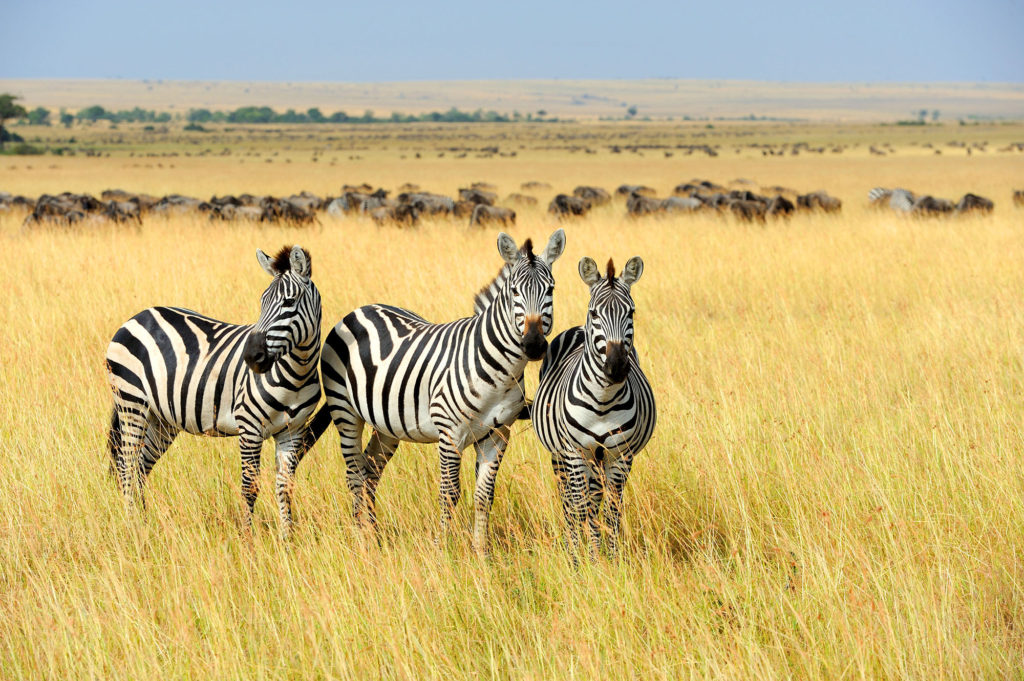
Most of the large wild herds of herbivores that grazed on temperate and tropical grasses are now gone. The exception are the large herbivores that remain in regions of the African continent.
Temperate Savannahs
This video describes why savannahs in both temperate and tropical climates are dominated by grasses and not trees.
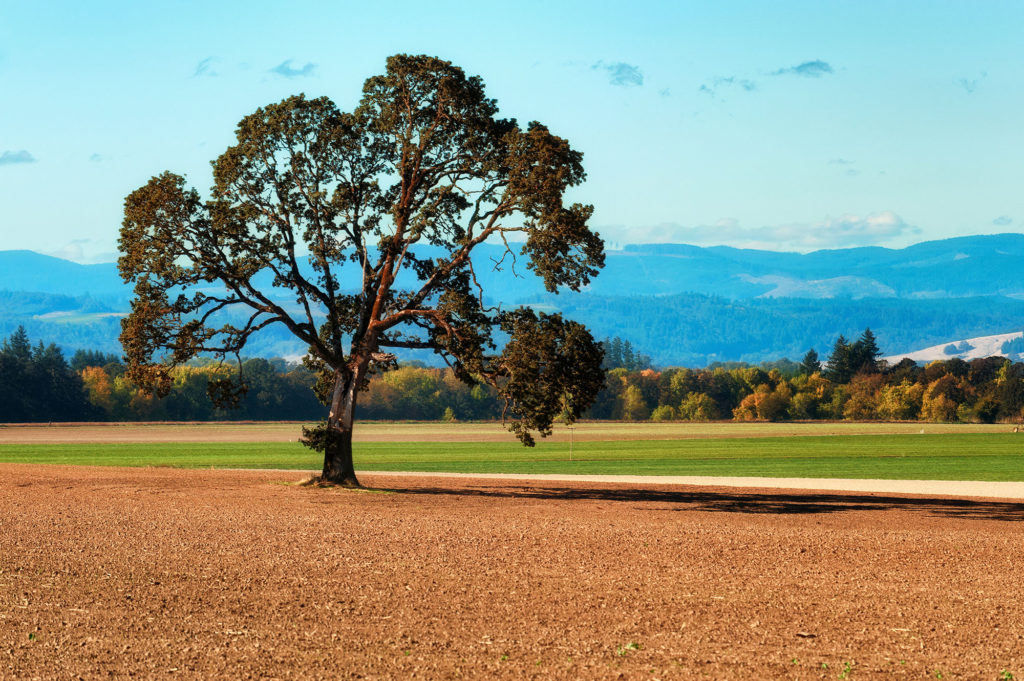
In the Willamette Valley, the temperate grassland prairie occasionally has white oak trees scattered throughout the grasses. A grassland with some trees is called a _____.
Humans have set the Willamette grasslands on fire for thousands of years. What is a possible advantage of setting these (controlled) fires?
Removing grasses cleared land for crops and higher visibility. Fires quickly add nutrients to the soil and reduce “pest” insect populations.
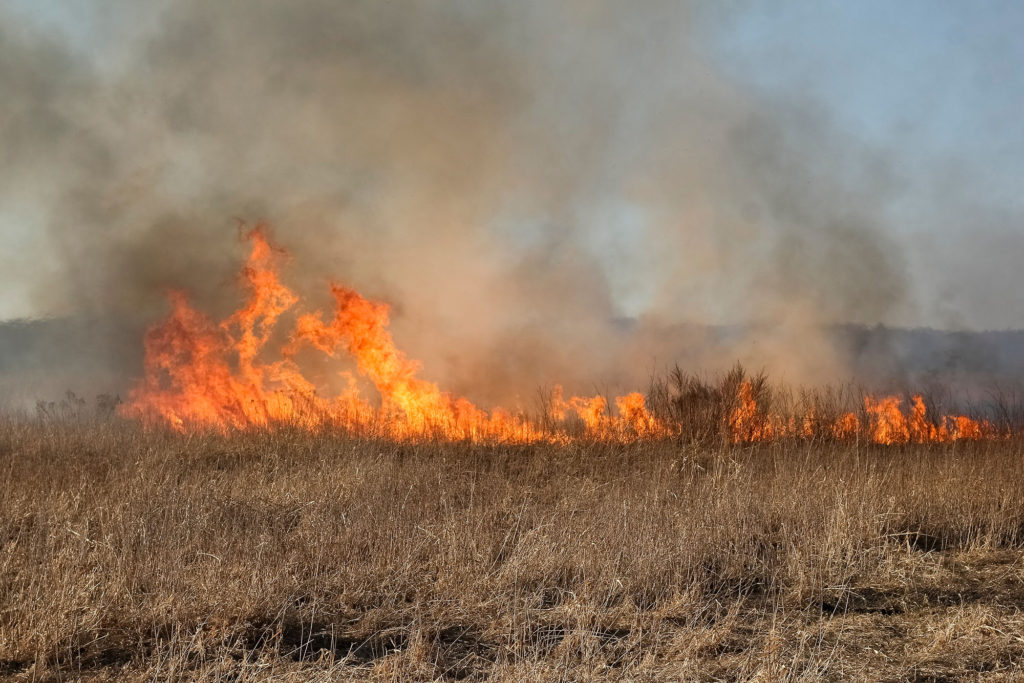
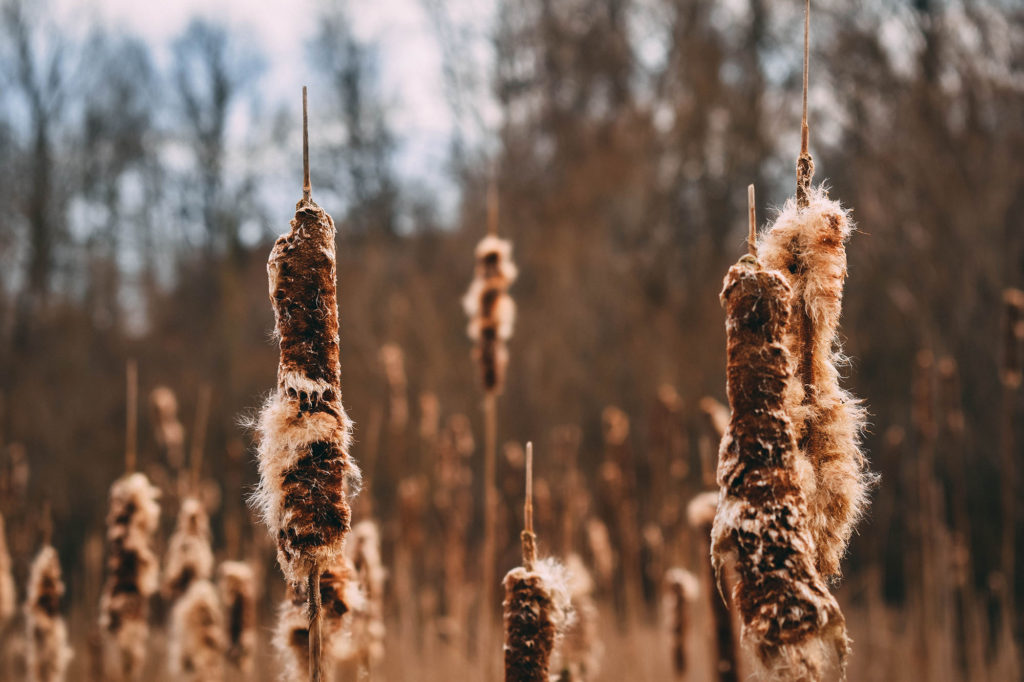
Cattail
Taking a look at these photos, how do you think the seeds of these two local species dispersed? We’ll have more on fruit and seed dispersal in Guide 5A.
wind for the cattail; animal for the elderberry
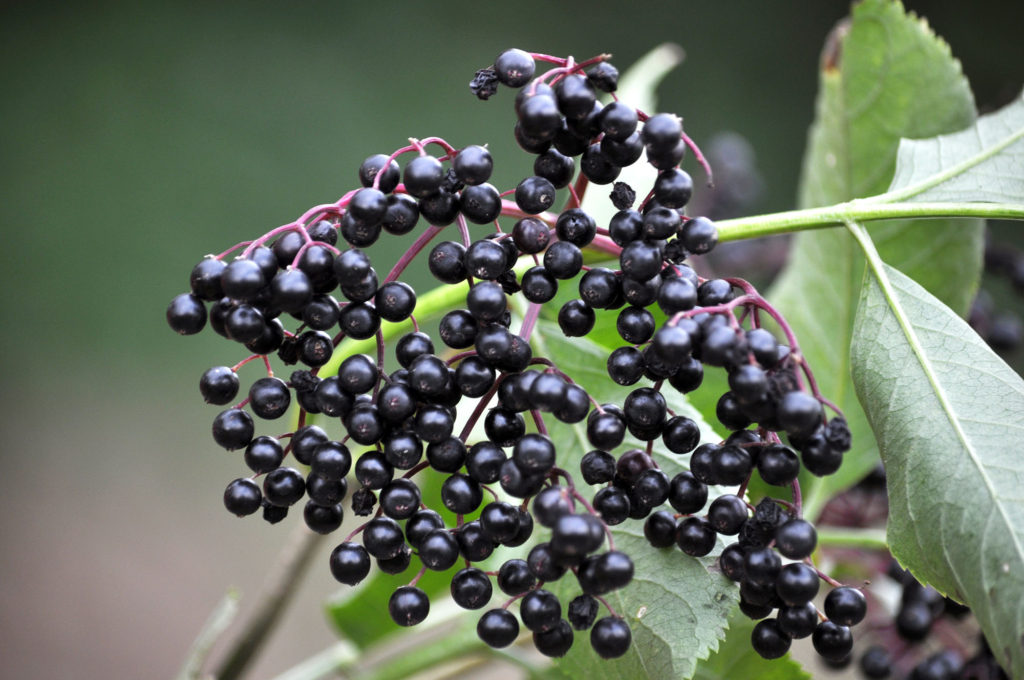
Elderberry
One of the first things you may typically do when taking field notes is to identify the organisms you are observing. The next section introduces how organisms are identified and classified based on their patterns.

Check your knowledge. Can you:
- List the contents of field notes and explain why these contents may be important?
- Describe the tropical savanna, including climate and seasonal impacts on organisms?
- Provide an example of a temperate savanna, and explain why it is not a forest?



